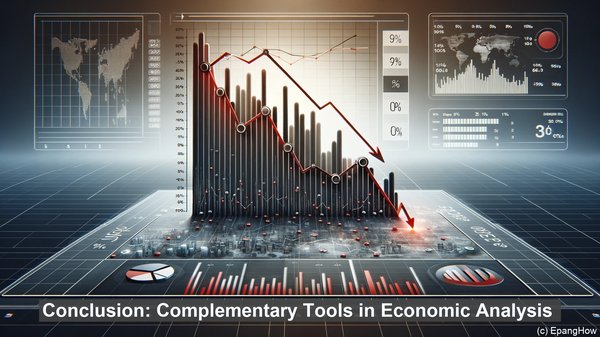Introduction: Unraveling the Complexity of Economic Systems
Hello everyone! In the realm of economics, understanding the intricate workings of an economy is a fascinating endeavor. Today, we will delve into two widely used models – the circular flow model and the input-output model. These models provide us with a structured framework to comprehend the various components and interactions within an economy. While they share certain similarities, they also possess distinct features. So, let’s embark on this journey of exploration and comparison!

The Circular Flow Model: A Macroscopic Perspective
The circular flow model, often attributed to economist John Maynard Keynes, offers a macroscopic view of an economy. It portrays the flow of goods, services, and money between households, businesses, and the government. At its core, the model consists of two sectors – the household sector and the business sector. The household sector supplies factors of production, such as labor, to the business sector. In return, the business sector provides goods and services to the households. This exchange is facilitated by the flow of money. Additionally, the government sector plays a crucial role by levying taxes, providing public goods, and managing the overall economic environment.
The Input-Output Model: A Microscopic Analysis
In contrast to the circular flow model’s macroscopic approach, the input-output model offers a more detailed, microscopic analysis. Proposed by economist Wassily Leontief, this model focuses on the interdependencies between different sectors of an economy. It considers the production and consumption relationships between sectors, highlighting the intricate web of connections. The input-output model utilizes matrices to represent these relationships, with each element denoting the quantity of inputs required from one sector to produce a unit of output in another sector. This model is particularly useful in assessing the ripple effects of changes in one sector on the entire economy.
Distinguishing Features: Flow vs. Structure
One of the key distinctions between the two models lies in their emphasis. The circular flow model primarily focuses on the flow of goods, services, and money, showcasing the continuous cycle of economic activity. On the other hand, the input-output model places greater importance on the structural relationships between sectors, providing insights into the dependencies and linkages. While the circular flow model is more suitable for analyzing aggregate variables like national income and expenditure, the input-output model is adept at examining sector-specific interactions.

Application Areas: Macroeconomics vs. Microeconomics
The choice between the two models often depends on the research question or the area of application. The circular flow model finds extensive use in macroeconomics, where the focus is on the overall performance and behavior of an economy. It helps in understanding concepts like gross domestic product (GDP), inflation, and unemployment. Conversely, the input-output model is commonly employed in microeconomic analysis, where the objective is to study the behavior of individual sectors or industries. It aids in assessing the impact of policy changes or external shocks on specific sectors.
Limitations: Simplifications and Assumptions
Like any model, both the circular flow model and the input-output model have their limitations. The circular flow model, while providing a useful framework, makes certain simplifications. For instance, it assumes a closed economy with no external trade, which may not hold in reality. The input-output model, while capturing interdependencies, relies on the assumption of fixed input-output coefficients, which may not accurately reflect real-world scenarios. It’s essential to be aware of these limitations while interpreting the results derived from these models.
